Tamoxifen Citrate is an anti-estrogen belonging to the triphenylethylene group. It is classified as selective estrogen receptor modulators with mixed agonist and antagonist properties. This means that in some tissues they block the action of estrogen by binding to receptors, while there is an exception – bone tissue, where, on the contrary, it is activated. estrogen receptors, and its useful function in preventing osteoporosis. In men, the drug acts as an antiestrogen, blocking receptors throughout the body, including its ability to interfere with the negative feedback of estrogen on the hypothalamus and stimulate increased production of GnRH (gonadoliberin), which in turn causes the production of LH and FSH hormones from the pituitary gland, which trigger the synthesis of testosterone and sperm in the testicles.
Research conducted in the late 1970s at the University of Ghent in Belgium clarifies the benefits of Tamoxifen Citrateover Clomid in increasing testosterone levels. The researchers examined the endocrine effects of tamoxifen and clomid in healthy men and in those with oligospermia. It was also found that Tamoxifen Citrate, when used for 10 days at a dose of 20 mg per day, increased serum testosterone levels by 142% compared to baseline, an effect comparable to the effect of 150 mg of Clomid per day over the same period of time.
EFFECTS:
By blocking the estrogen receptor.
Increase endogenous testosterone production (as part of PCT or anti-aging therapy).
strengthens bones.
Prevents estrogen-induced gynecomastia.
Tamoxifen citrate lowers cholesterol levels, which is important when using steroids.
warning: Tamoxifen Citrate increases the number of progesterone receptors, therefore it cannot be used if the cycle is based on progestin drugs (nandrolone, trenbolone).
in this case it is advisable to use clomiphene.
SIDE EFFECTS:
Breast tenderness or discomfort.
Headache.
Nausea.
Diarrhea.
Washing.
Blurred vision or other visual disturbances.
Please note that tamoxifen side effects are very rare.
Difference with clomiphene.
Tamoxifen (Tamoxifen) has no effect on estrogen levels in the blood. The mechanism of its action boils down to blocking estrogen receptors, including in the pituitary gland. However, clomiphene is the more selective blocker and is more specific to the pituitary gland, while tamoxifen is less selective. If Clomifene binds to estrogen receptors mainly in the pituitary gland and testicles, tamoxifen binds to them uniformly throughout almost the entire body. This is why tamoxifen is the best solution for estrogen-induced gynecomastia in men.
Clomiphene acts as an antagonist of estrogens and eliminates their inhibitory effect on the hypothalamus and pituitary gland, contributing to a faster restoration of their function. Tamoxifen blocks receptors in almost all tissues and also helps the body begin to restore its own testosterone. It is important to note that tamoxifen is less capable of blocking estrogen receptors in the pituitary gland than clomiphene.
Both clomiphene and tamoxifen do not affect the metabolism of the hormone estrogen, therefore, while taking these drugs, estrogen continues to be destroyed by liver enzymes and does not accumulate in the body.
DOSAGE:
The typical recommended dose of tamoxifen is 20-40 mg per day taken in one or two doses.


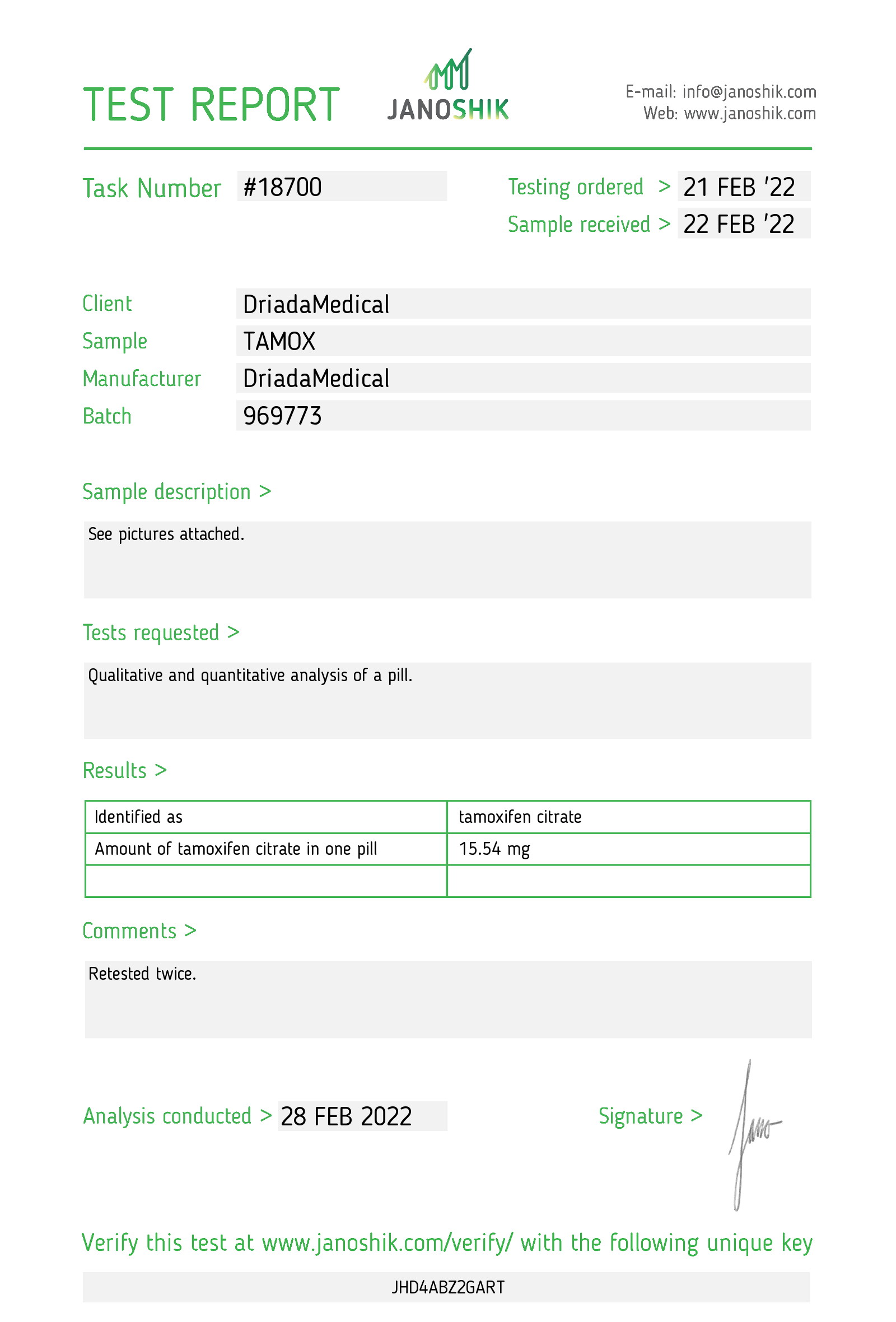



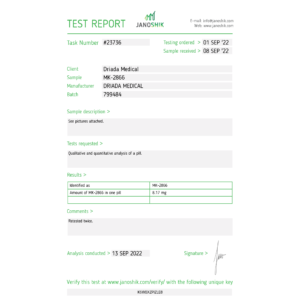


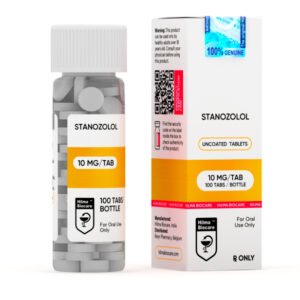
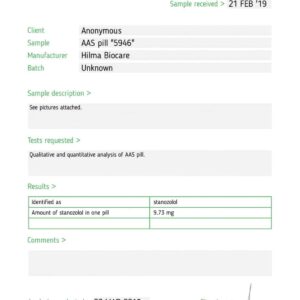

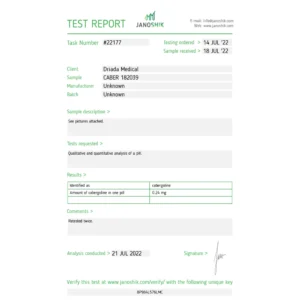



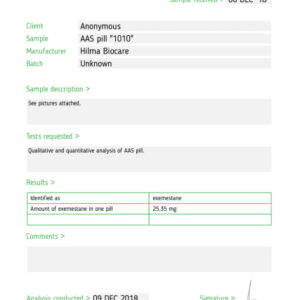
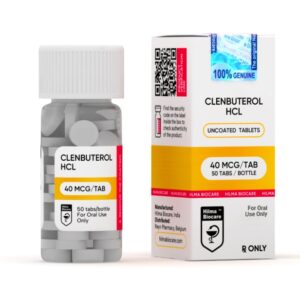

Reviews
There are no reviews yet.